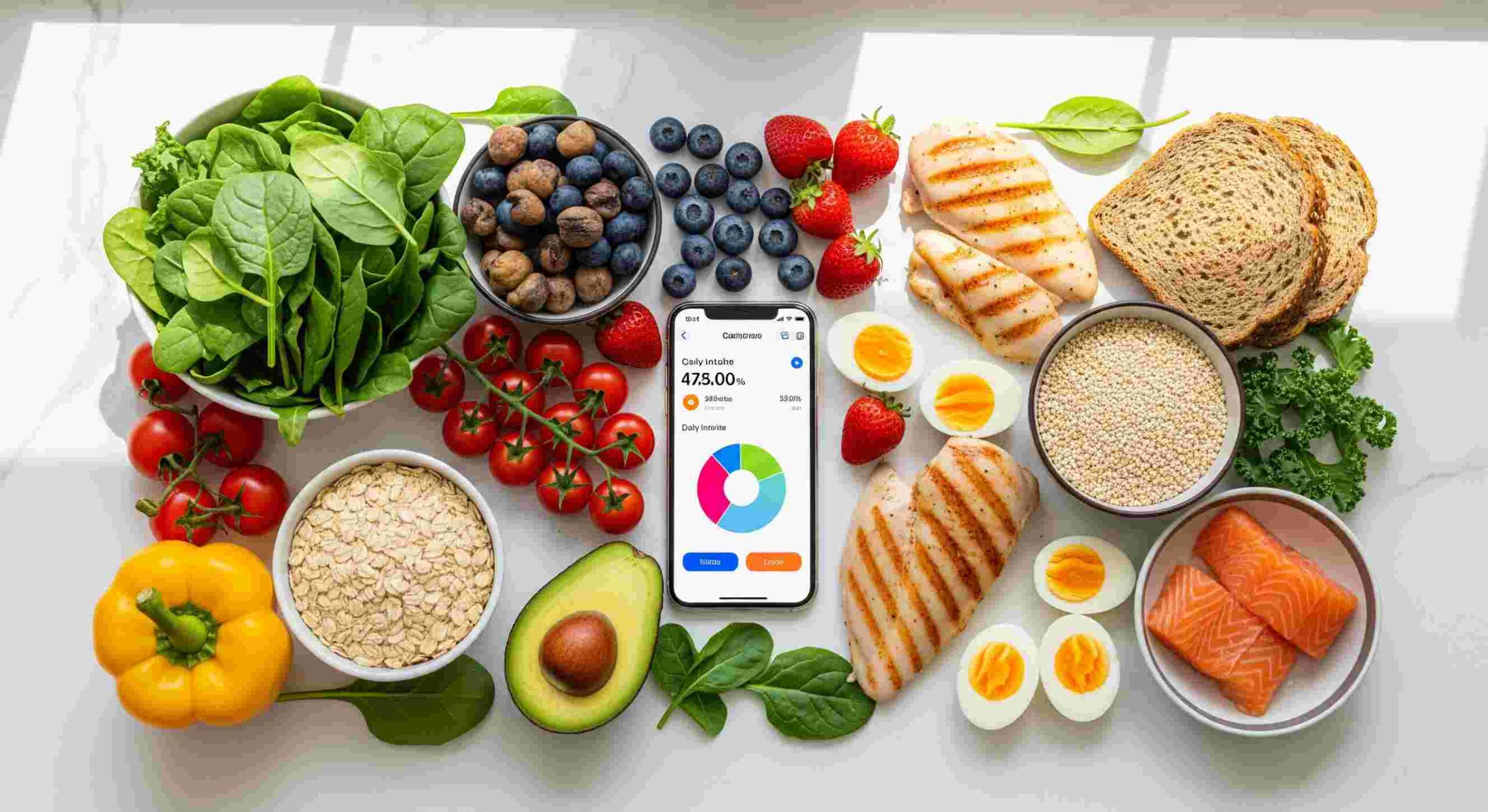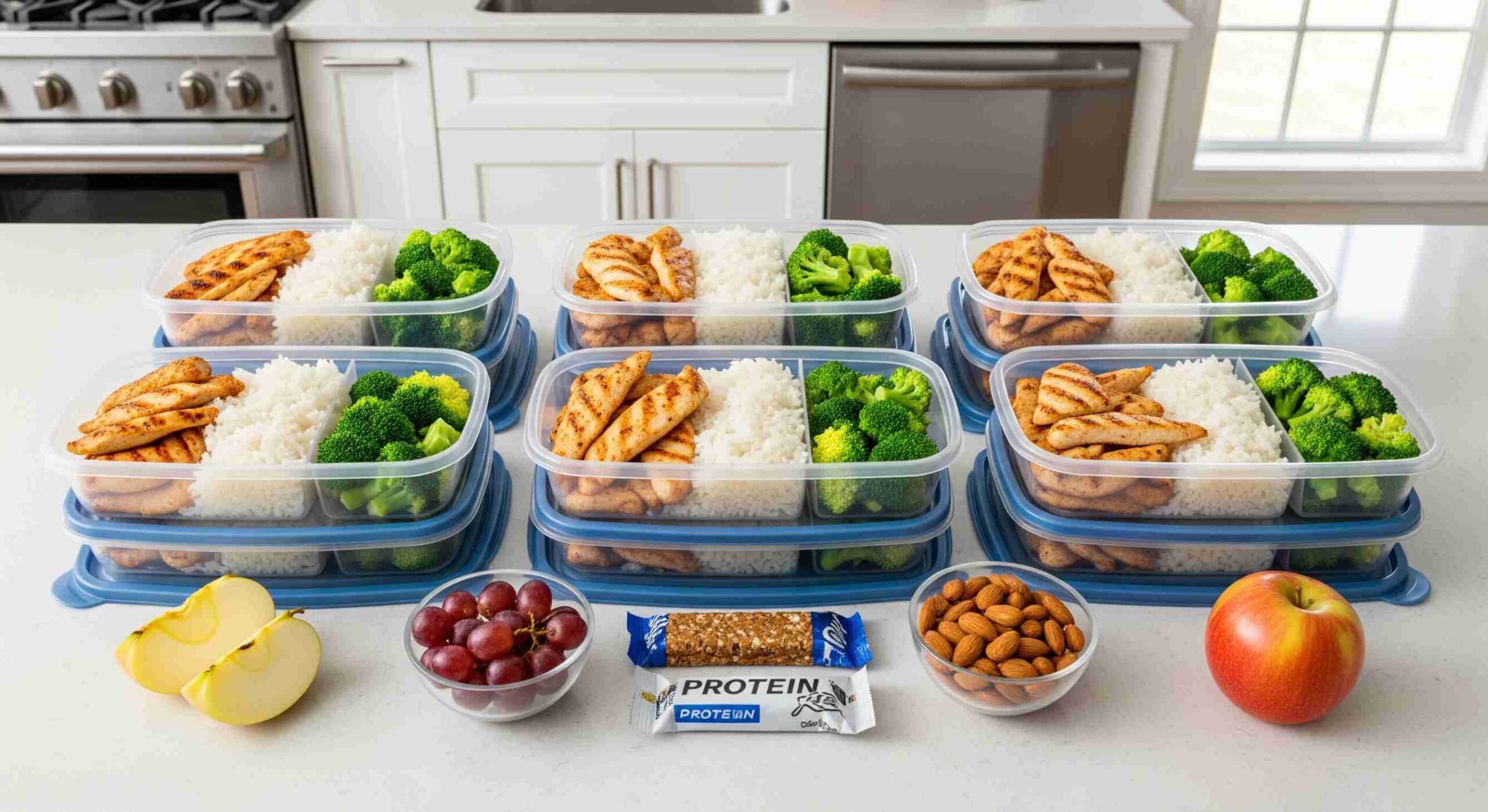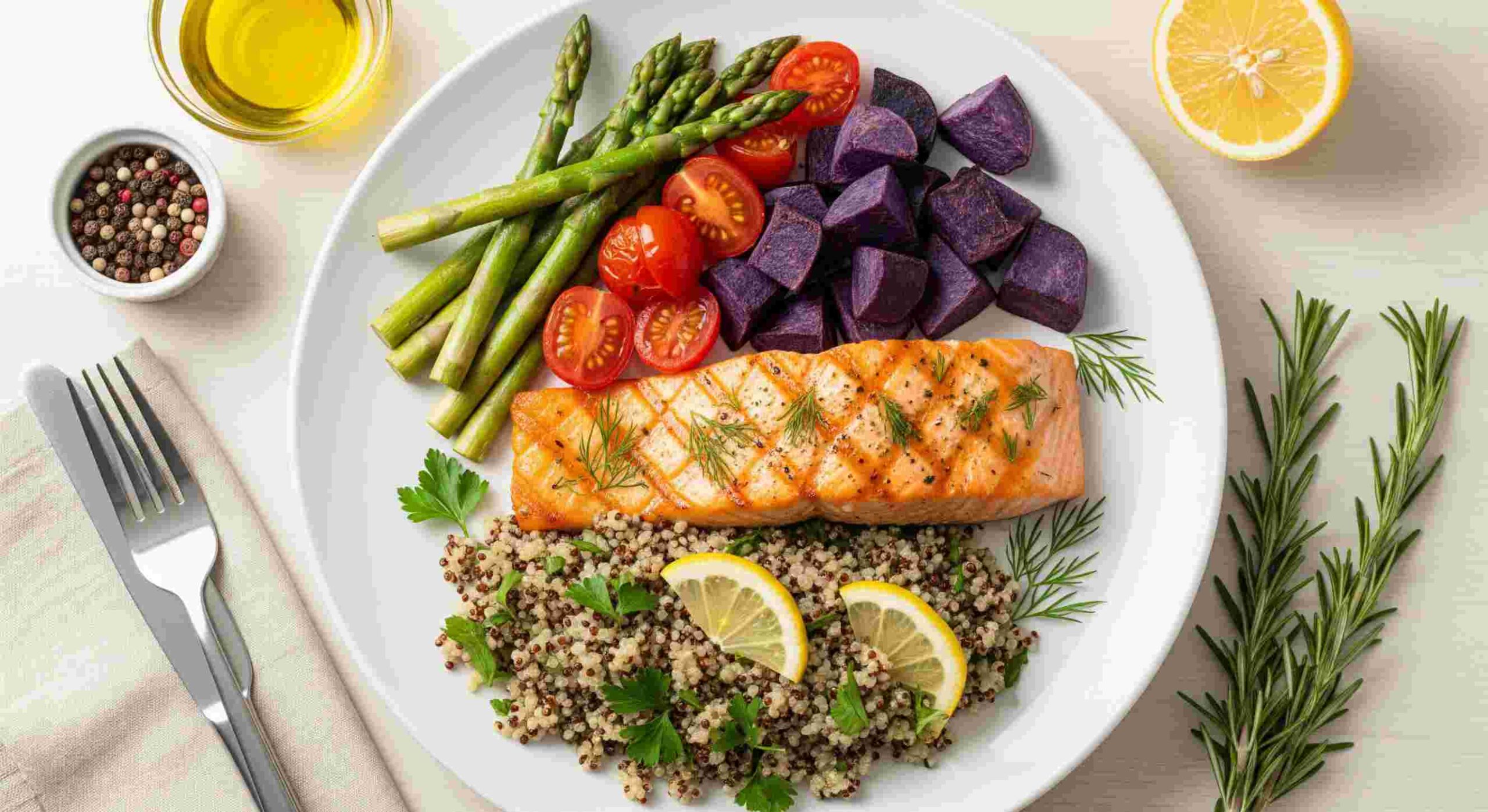
I’ll be honest—when I first tried sticking to a 2000 calorie meal plan, I thought it would feel like punishment. I pictured endless salads, bland chicken, and way too much math. But after experimenting (and messing up more times than I care to admit), I realized it’s actually one of the most flexible and doable meal frameworks out there.
If you’ve ever wanted a balanced way of eating without obsessing over every bite, this plan is like a reset button. And the best part? You don’t have to give up flavor or fun to make it work.
What Does a 2000 Calorie Meal Plan Look Like?
A 2000 calorie meal plan is often the benchmark used on nutrition labels, and for many people, it’s the sweet spot for maintaining weight and fueling an active lifestyle. It includes enough energy for daily movement, recovery, and steady focus without feeling deprived.
Typically, it breaks down into three meals and one or two snacks. That doesn’t mean it has to be rigid. Your version could be oats and fruit in the morning, a grain bowl at lunch, salmon and veggies at dinner, and a Greek yogurt parfait in between. The plan is more about balance than perfection.
Who Benefits From a 2000 Calorie Meal Plan?
This plan works well for adults with moderate activity levels. If you’re not training like a pro athlete but still want steady energy for workouts, work, and life, 2000 calories often hits the mark. It’s also a great middle ground if you’re trying to fine-tune your nutrition without going extreme.
That said, everyone’s needs differ. Some may need more (especially if you’re lifting heavy or doing endurance training), while others may need less. Think of it as a framework to guide your choices, not a strict rulebook.
Can a 2000 Calorie Meal Plan Help With Weight Goals?

Yes—it can work for both weight maintenance and controlled weight loss, depending on your activity level. If you’re burning roughly 2000 calories a day, this plan will help you stay steady. If you’re slightly above that burn, you’ll naturally drop weight over time while still eating plenty.
The key is food quality. A 2000 calorie meal plan based on fast food and sugar is a very different story from one built on lean proteins, healthy fats, whole grains, and colorful produce. Same calories, wildly different results.
How to Build a 2000 Calorie Meal Plan That Actually Feels Good
Here’s a smart way to map it out without overthinking:
Step 1: Spread calories across the day. Aim for around 400–500 calories at breakfast, 600–700 at lunch, 600–700 at dinner, and 200–300 for snacks.
Step 2: Prioritize balance. Each meal should include protein, carbs, fat, and fiber. This keeps you energized and prevents that “afternoon crash.”
Step 3: Keep variety in play. Rotate proteins (chicken, fish, beans, tofu), switch up grains (rice, quinoa, oats), and load up on different veggies to avoid boredom.
By treating it like a lifestyle rather than a rigid diet, you’ll actually stick to it—and enjoy it.
What Are Some 2000 Calorie Meal Plan Options?

Sometimes it helps to see a full day mapped out. Here are a few examples of how a 2000 calorie meal plan might look in real life. Each option is balanced, filling, and built on everyday foods you actually want to eat.
Option 1: Balanced and Simple
- Breakfast (450 calories): Oatmeal with almond butter, banana slices, and a sprinkle of chia seeds.
- Lunch (650 calories): Grilled chicken grain bowl with quinoa, roasted vegetables, and olive oil drizzle.
- Snack (200 calories): Greek yogurt with honey and blueberries.
- Dinner (700 calories): Salmon with brown rice, steamed broccoli, and avocado slices.
Option 2: Plant-Based Power
- Breakfast (400 calories): Smoothie with soy milk, spinach, frozen berries, protein powder, and peanut butter.
- Lunch (650 calories): Lentil and sweet potato curry with basmati rice.
- Snack (250 calories): Hummus with carrots, cucumber, and whole-grain pita.
- Dinner (700 calories): Tofu stir-fry with mixed veggies, soba noodles, and sesame oil.
Option 3: On-the-Go Friendly
- Breakfast (500 calories): Breakfast sandwich with egg, turkey bacon, whole wheat English muffin, and cheese.
- Lunch (600 calories): Turkey wrap with avocado, spinach, tomato, and a side of apple slices.
- Snack (200 calories): Protein bar and a handful of almonds.
- Dinner (700 calories): Grilled steak, roasted potatoes, and asparagus.
These options aren’t cookie-cutter meal plans—they’re flexible frameworks. Mix and match to suit your preferences, add in snacks where you need them, and swap ingredients based on your lifestyle.
The point isn’t to obsess over exact numbers, but to get a feel for what a 2000 calorie meal plan looks like when balanced well.
FAQs About a 2000 Calorie Meal Plan
Is a 2000 calorie meal plan enough for active people?
For many moderately active adults, yes. If you’re doing intense daily training, you may need more fuel. Use energy levels and performance as your guide.
Can I lose weight on a 2000 calorie meal plan?
It depends on your calorie burn. If you burn more than 2000 a day, you’ll lose weight slowly and steadily. If you burn less, you’ll maintain or gain.
What foods should I avoid on a 2000 calorie plan?
No food is truly “off-limits,” but focusing on whole foods over ultra-processed ones makes it easier to stay satisfied and nourished without overspending calories.
How do I track a 2000 calorie meal plan without stress?
Use rough estimates and focus on portions instead of exact math. A palm-sized portion of protein, a fist of carbs, and a thumb of healthy fat at each meal keeps things balanced.
Eat Smarter, Not Smaller
So, a 2000 calorie meal plan isn’t about restriction—it’s about rhythm. It’s giving your body just the right amount of energy without drowning in calculations or falling into diet culture traps.
Personally, once I stopped obsessing over “low calorie” everything and focused on building balanced 2000 calorie days, I felt better, performed better, and enjoyed my food more. And isn’t that the point?
Here’s my tip: don’t overcomplicate it. Start with foods you love, balance your plate, and let the 2000 calorie framework be your guide, not your jailer. Eating well should feel like living well—and this plan makes that possible.


